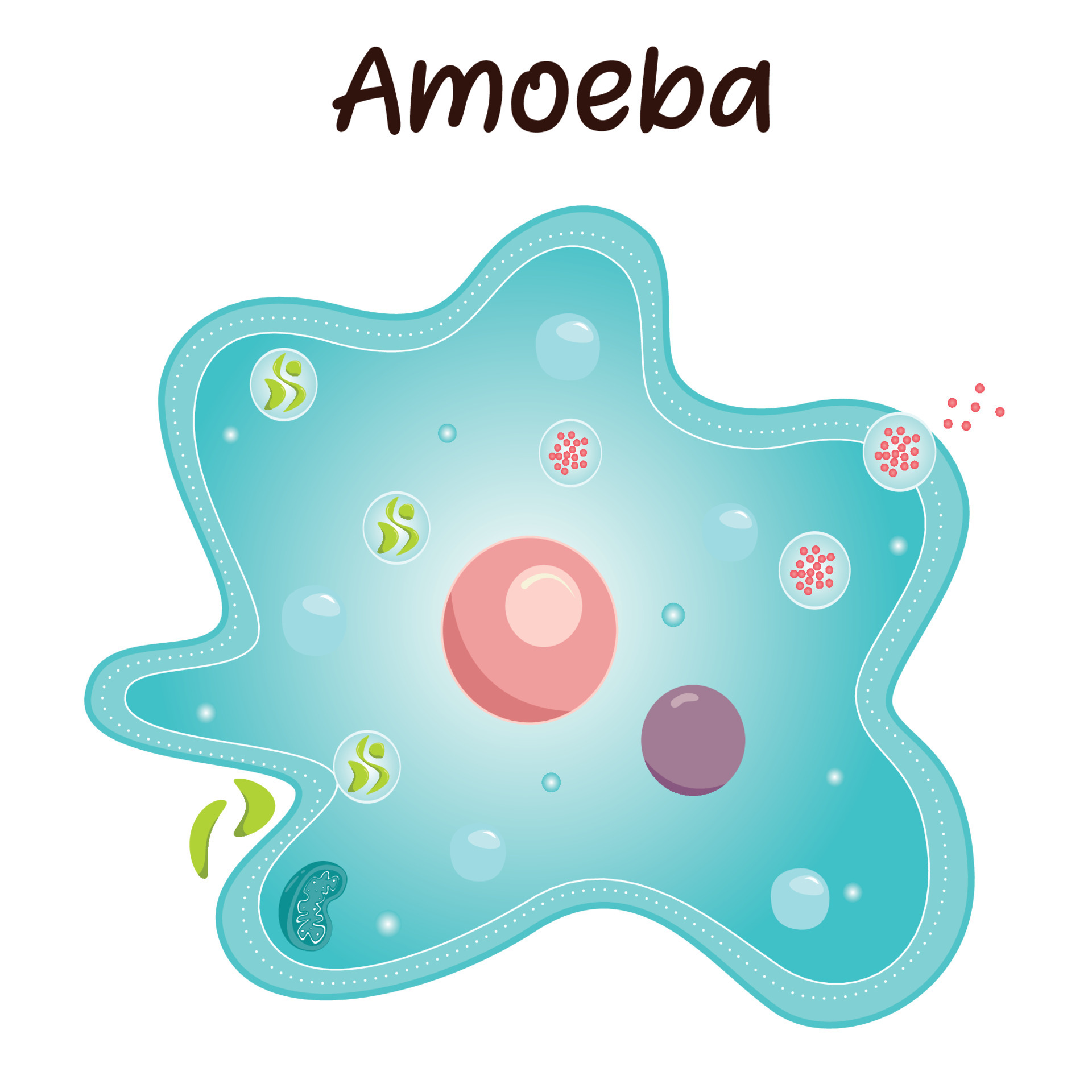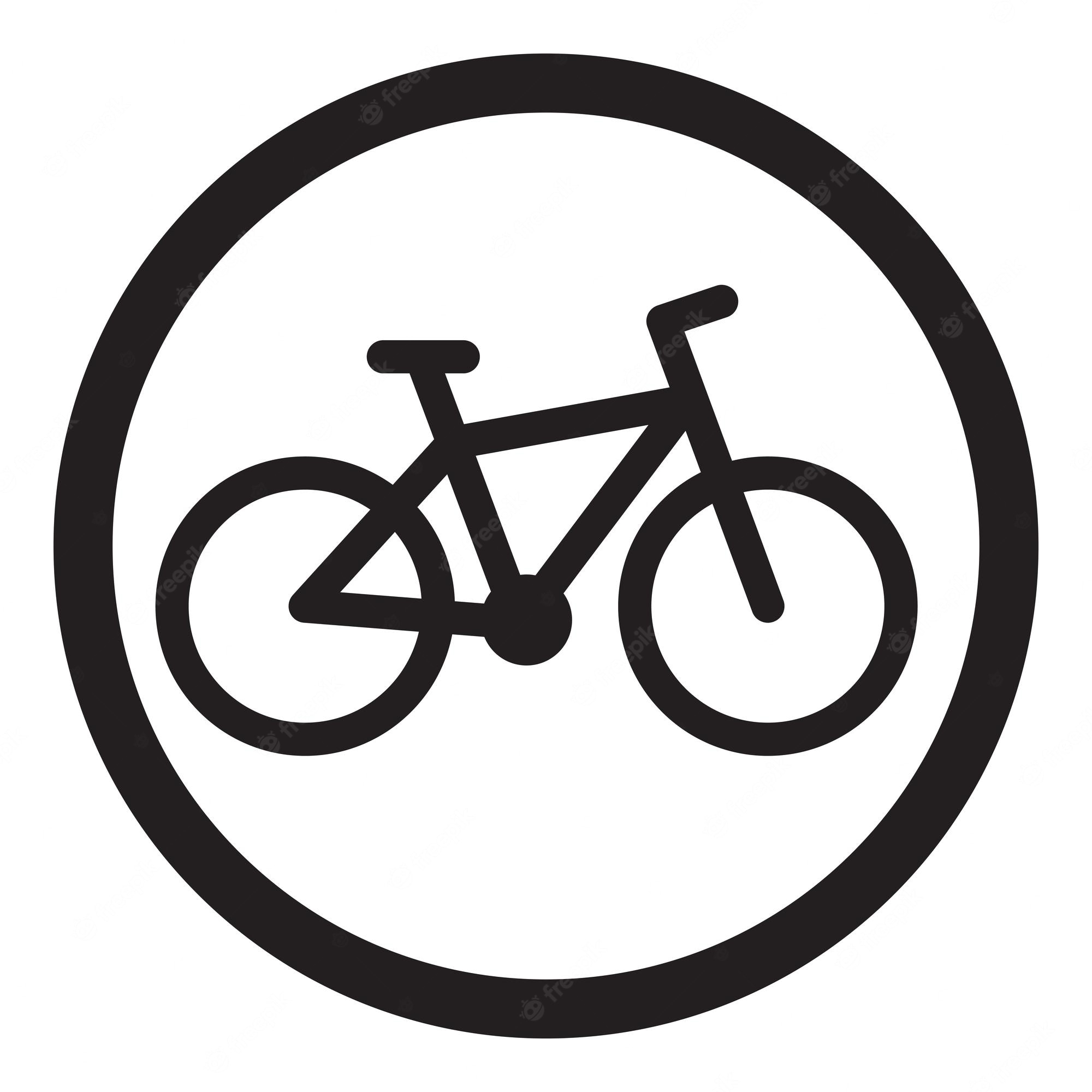ETRTO 37-451 is the designation of what rim size this tire will fit. Not necessarily the outer dimensions of the tire when mounted, which depends both on pressure and rim internal width.
https://en.m.wikipedia.org/wiki/European_Tyre_and_Rim_Technical_Organisation
Tire size specs are infuriating and confusing at best. But at least ETRTO will help you buy a tire that will fit your wheels.
This is surprising. Are you sure of that? I’ve always understood the first number to be the tire width and that has matched many tires I’ve used over the years, from Maxxis, Panaracer, Schwalbe, Conti, Vittoria, and others. This is also true according to Michelin:
ETRTO (EUROPEAN TIRE AND RIM TECHNICAL ORGANIZATION) SIZES are given for all tires. In this example: 32 x 590, the first number (32) is the tire width in millimeters. The second number (590) is the tire diameter in millimeters. This chart shows the conversions for all the sizes.
The ETRTO size specification 37-622 indicates the width of 37 mm and the tire inner diameter of 622 mm. This dimension is clear and allows a precise classification of the rim size.
And on the traditional inch marking:
The inch marking (e.g. 28 x 1.40) states the approximate outer diameter (28 inches) and the tire width (1.40 inches).
Even if you go by the traditional designation of 20 x 1 3/8 on the CST, the width should be about 35mm (1 3/8" ~= 35mm).
Of course any of the width dimensions are approximate depending on inflation and exact tire model but they’ve always matched within a couple of mm in my experience. 7mm differences is shocking to me.
To my understanding the diameter is bead diameter, not the outer tire diameter, which matches the rim. And then for width-to-rim compatibility, there are ranges where a range of ETRTO widths fits a range of rim widths, like this.

So insane, lol.
You’re just 150 or so psi under inflated!
The side wall says the tire is 20" x 1 3/8". So it’s not a 37mm it would convert closest to a 35mm. And it still would be undersized by about 5mm
Yeah it’s weird they didn’t mark the mm size to match, e.g. 35-451.
That’s not a tire sizing
Yes it is. ETRTO size
What is it if not tire size?
Not sure, but every bike tire I have seen it doesn’t correlate to the size.
Interesting. In my anecdata they match within a couple of mm. I have two bikes with Panaracer currently, one has Pasela PT, the other one is Gravel King, both 38-622. One measures 37.5mm, the other 36mm. That said I’ve only ridden relatively narrow tires over the last decade 25-40mm so it’s possible that the accuracy is higher in that range.
In any case X-Y with numbers like this really look like an ETRTO marking which according to the few tire manufacturers I’ve checked is how they size tires. Along with the traditional inch size conversion.
Even CST themselves correlate inch size to ETRTO size within 1-2mm.
They aren’t always accurate due to depending on what width rim they are inflated on, but also tire manufacturers lie so that their specs look better. You take two 37 tires, one might list it being 25% less weight than competition, its because it is narrower and thus lighter, but still sold as a 37 replacement.
Yeah, I have a Panaracer Pasela PT and Gravel King on the same Mavic A719s, both tires are 38-622, one measures 37.5mm, the other 36mm. Pretty close to the spec unlike CST’s innuendo. When I picked up the bike, I thought the manufacturer put the wrong tire on. 😂




